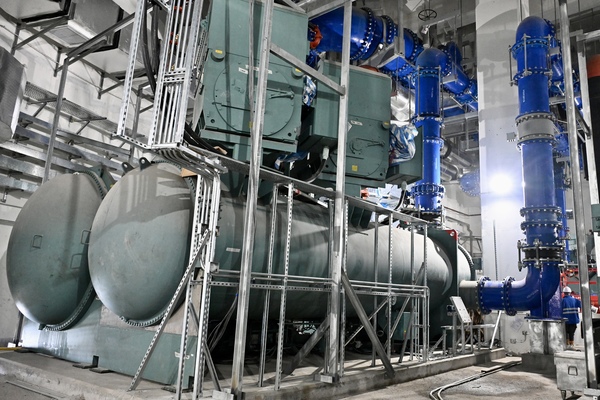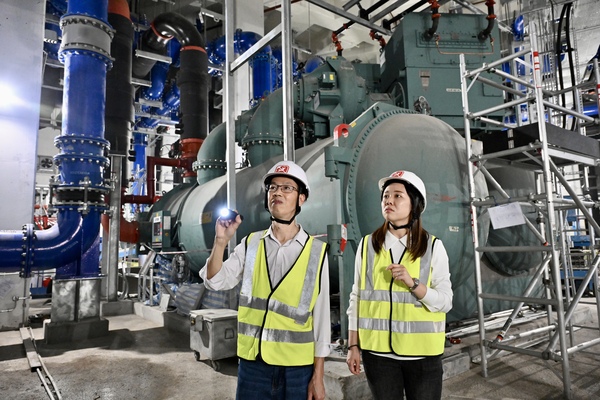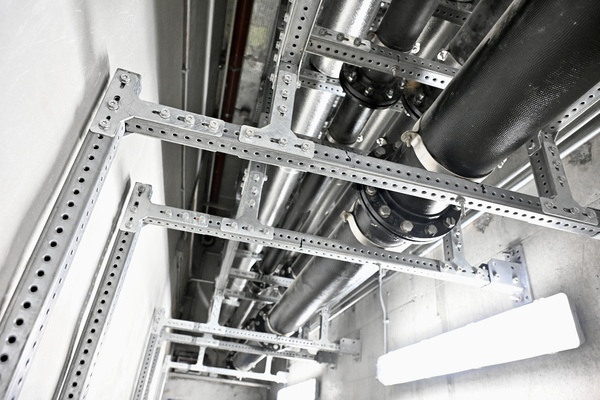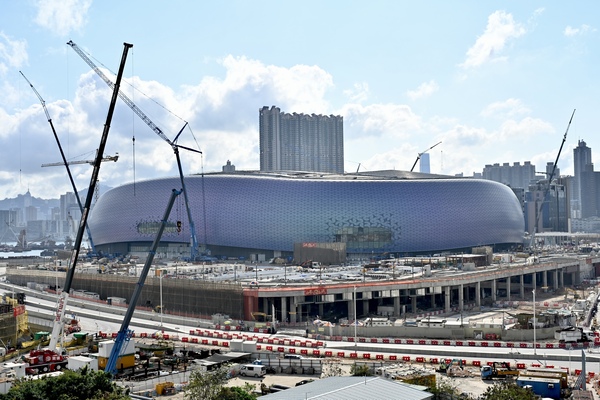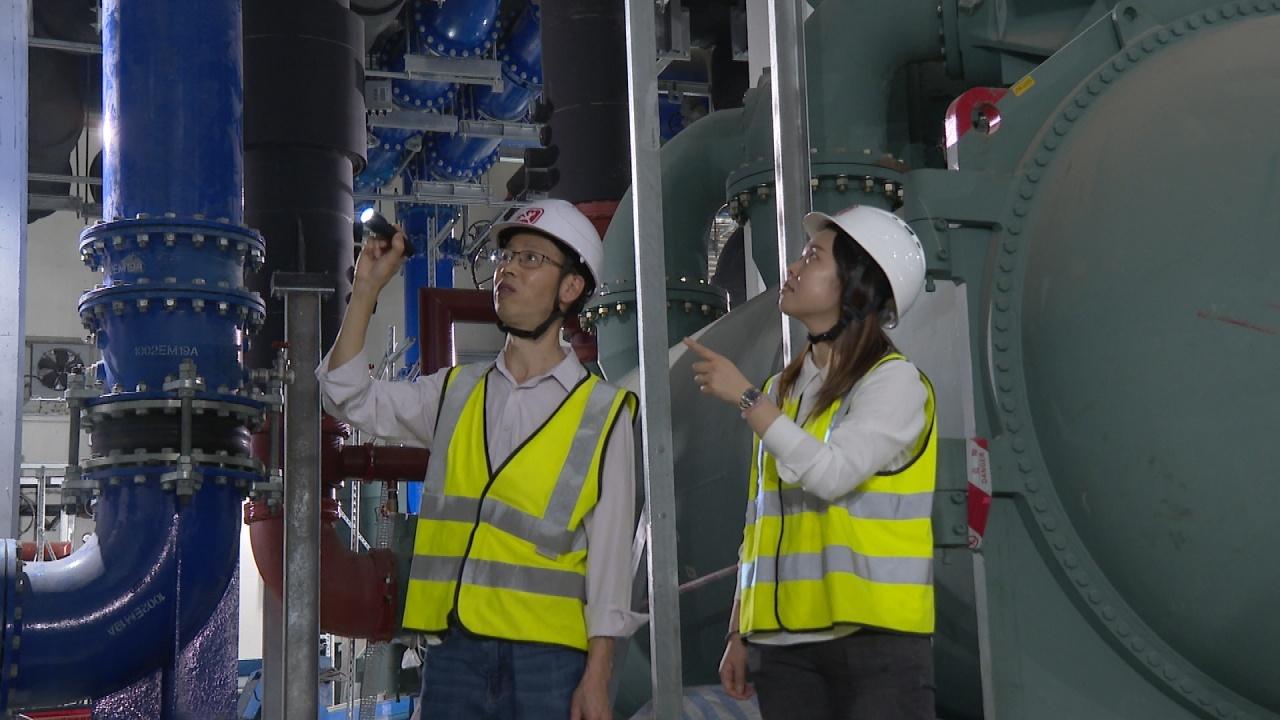EMSD embraces smart construction
The Electrical & Mechanical Services Department is embracing innovative construction methods and technology in its quest to enhance efficiency as it builds an additional cooling system in the Kai Tak Development.
In the realm of air conditioning systems, the choices are primarily divided into two categories: air-cooled and water-cooled. The existing North and South Plant of the District Cooling System or DCS, for the Kai Tak Development area, is a water-cooled facility.
It produces chilled water at the central chiller plants and distributes it to government, utility, or private buildings in the area through an underground piping network for air-conditioning purposes.
Considering the ongoing development in the area, which includes a new acute hospital and the Kai Tak Sports Park, the construction project for an Additional District Cooling System, or ADCS, is expected to be completed within this year.
Enhancing efficiency
Once the additional cooling system and the existing plants are fully operational, it is estimated that a savings of 138 million kilowatt-hours in electricity consumption along with a corresponding reduction of 96,500 tonnes of carbon dioxide emissions can be achieved every year.
The department highlighted that in comparison to conventional air-cooled air-conditioning systems and individual water-cooled air-conditioning systems utilising cooling towers, the DCS demonstrates a significant decrease in electricity consumption by 35% and 20% respectively.
Apart from being energy-efficient, the DCS holds the potential to alleviate the heat island effect within the Kai Tak Development area, enhance air quality, and contribute towards realising the objective of a low-carbon economy.
Innovative method
Such a colossal air conditioning system usually requires a lengthy construction and installation process. The new section of the DCS is pioneering the Multi-trade Integrated Mechanical, Electrical & Plumbing method or MiMEP, essentially a mechanical and electrical version of Modular Integrated Construction.
It involves pre-measuring and prefabricating components, and then assembling them on-site - a time and effort-saving endeavour particularly suited for constrained environments.
For instance, a narrow corridor, situated in the basement of the ADCS plant, features an array of mechanical and electrical pipelines mounted on brackets. Adhering to traditional construction approaches would require workers from various mechanical and electrical backgrounds to co-ordinate and collaborate within the same confined space.
High productivity
By leveraging the MiMEP method, the project team segmented the intricate pipelines, cable trays, and installation brackets into modules, assembling them in a controlled factory setting.
Upon completion, the pre-assembled modules were transported to the construction site, enabling a seamless interconnection of components of each module. This process resulted in the swift and uncomplicated execution of initially intricate procedures. Additionally, it can save the storage space on-site and accelerate the timeline of the project.
An additional illustration of this method is the assembly of a 15m tall rotary screen designed to prevent large debris from entering the cooling system. The process, from lifting the screen to its on-site installation, was remarkably expedited, with the completion time drastically reduced to just half a day.
The department emphasised that the magnitude of mechanical and electrical equipment necessary for the DCS surpasses that of standard projects. Conventional on-site installation methodologies become notably challenging due to space limitations and potential safety risks.
Situated at the core of the Kai Tak Development, the ADCS plant poses a notable challenge in terms of site space, project intricacy, construction schedule, and the recent scarcity of construction workforce.
By prefabricating the intricate components in a controlled factory environment, the project team can successfully cut the construction time and effectively manage the construction site, overcoming such daunting obstacles.
